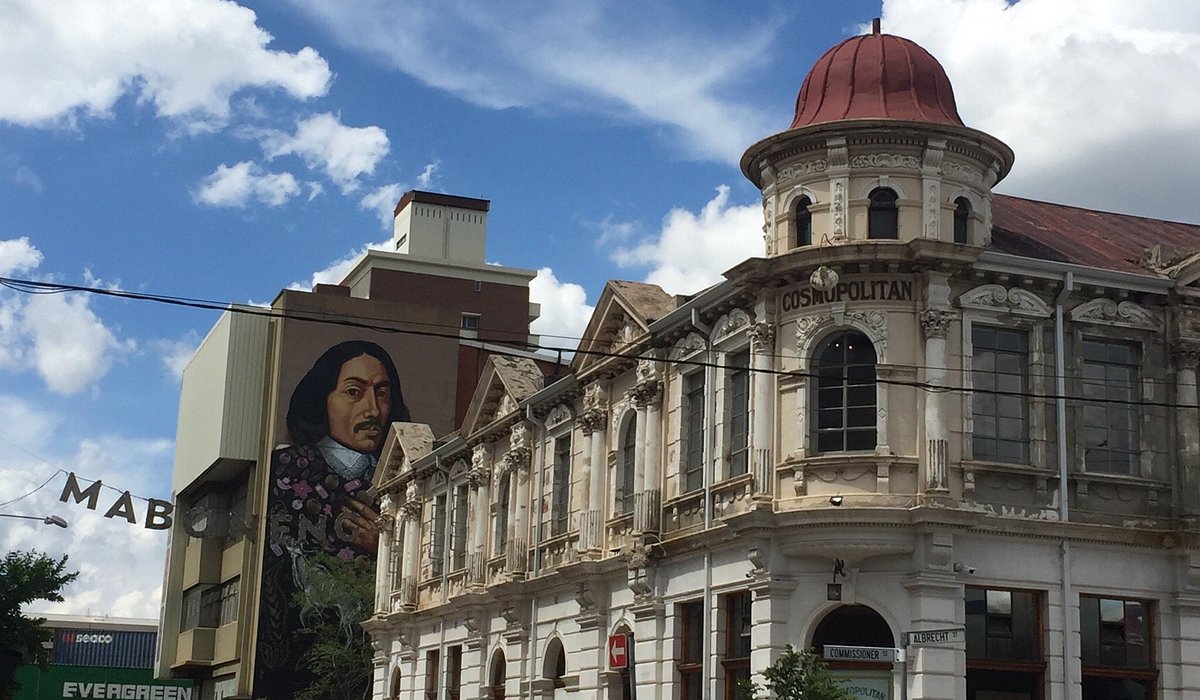Some Known Factual Statements About Johannesburg North Attractions
Table of ContentsJohannesburg North Attractions Fundamentals ExplainedRumored Buzz on Johannesburg North AttractionsJohannesburg North Attractions - The FactsSome Known Incorrect Statements About Johannesburg North Attractions Get This Report on Johannesburg North AttractionsAbout Johannesburg North Attractions
The city expanded on the side of the Witwatersrand Key Reef, a below ground stratum of gold-bearing quartz-silica empire that arcs for hundreds of miles below the Highveld - Johannesburg North attractions. Most of the gold mines in the city stopped procedure in the 1970s, yet in its day the Witwatersrand gold sector accounted for even more than 40 percent of the world's yearly gold production.Johannesburg has a temperate climate. Summertime temperature levels balance concerning 75 F (24 C); winter temperature levels balance regarding 55 F (13 C) and only sometimes dip below freezing. The city delights in about 8 hours of sunshine each day in both winter season and summer. Rain standards regarding 28 inches (700 millimetres) per annum, but the complete varies considerably from year to year.
What rainfall the city gets falls nearly exclusively in the summer season months, typically in magnificent late-afternoon electric storms., where many citizens still count on coal for gas.

Some Known Incorrect Statements About Johannesburg North Attractions
The equilibrium of the city is inhabited by whites. Holiday accommodation differs in character and quality. Soweto is notorious for its unlimited rows of municipally built, two-room matchbox homes, yet it additionally has a couple of thriving enclaves as well as bursting squatter camps, where tens of thousands live without water, electrical energy, or cleanliness facilities.
Physical growth, although rather limited by transport, continued quickly as migration to South Africa, and Johannesburg specifically, increased considerably. This issue was resolved in the 1930s when the automobile was introduced in automation to South Africa. Vehicles were, for the many part, confined to the wealthy, and allowed them to transfer to the north of the city and commute into the centre.
A lot of inadequate suburbs were combined, with inadequate blacks and whites cohabiting, although the wealthy suburbs were typically scheduled for whites. This transformed with the political election of the National Party in the 1948 elections, who began to formalise the system called best site discrimination. Discrimination formally assigned which suburban areas each race might stay in under the Team Areas Act.
The estimated population of the region is 200,000, [] The number of people living in the inner city on a casual basis is unknown, as numerous are illegal immigrants. The majority of higher-income citizens and white individuals have continue reading this transferred to the northern suburbs and have been changed by lower-income black individuals. The unemployment, education and learning, and age profiles of the location are all unidentified, due to the difficulty of getting reliable details concerning the location.
Johannesburg North Attractions - Questions
Centred on the CBD, the region includes the suburban areas of Yeoville, Bellevue, Troyeville, Jeppestown, and Berea to the east. To the west it spreads out to Pageview (Johannesburg North attractions) and Fordsburg. There are tiny industrial areas to the south, such as City West-Denver and Benrose. Around 800,000 travelers pass via the central city everyday, and it operates as a local purchasing node for visitors from the southern suburbs. Yeoville and Bellevue have a mix of apartment or condo structures and solitary household devices on small lots. The region is located on a mountainous divide that runs from east to west.

The Basic Principles Of Johannesburg North Attractions
R. Tambo International Flight Terminal). The eastern residential areas are some of the oldest locations of Johannesburg, there are huge areas of Jewish and other European backgrounds, most of the populace is English talking. There are three golf training courses as well as a variety of protected ridges with viewsites. There are a number of strong and up-market enjoyment and purchasing areas in the eastern such as the Eastgate Shopping Center and the Greenstone mall.
The location is primarily made up of old "matchbox" residences, or four-room residences built by the government, that were built to supply inexpensive holiday accommodation for black workers throughout racism. Soweto is an acronym, representing "South Western Townships". Road after road in this field is lined with matchboxes; however, there are a few smaller areas where prosperous Sowetans have anonymous constructed houses that are more similar in stature with those in even more upscale residential areas.
Hostels are an additional popular physical feature of Soweto. Originally developed to house male migrant employees, several have actually been enhanced as homes for couples and family members. The N1 Western Bypass skirts the eastern border of Soweto. The suburban area was not historically allowed to develop employment centres within the area, so mostly all of its homeowners are commuters to other components of the city.
Not known Facts About Johannesburg North Attractions
The household locations in the north suburbs are primarily official, with no considerable locations of informal real estate, or housing that lacks an irreversible framework. This is a well established area, there is a trend of land use change from residential to commercial, especially along primary arterial roads and around well established nodes.
The location is well attached to road networks, particularly along the north-south axis developed by the M1 and N1. Roads to the east and west are much less well established, as there are no freeways travelling because direction. Towards the northern boundary of the city, the thickness of development decreases, leaving large areas of untaught land around Midrand.
Facts About Johannesburg North Attractions Uncovered
, which is located on a hillside neglecting the internal city and Hillbrow.